7 Facts About the Deadly Nerve Agent Sarin
Facts about sarin
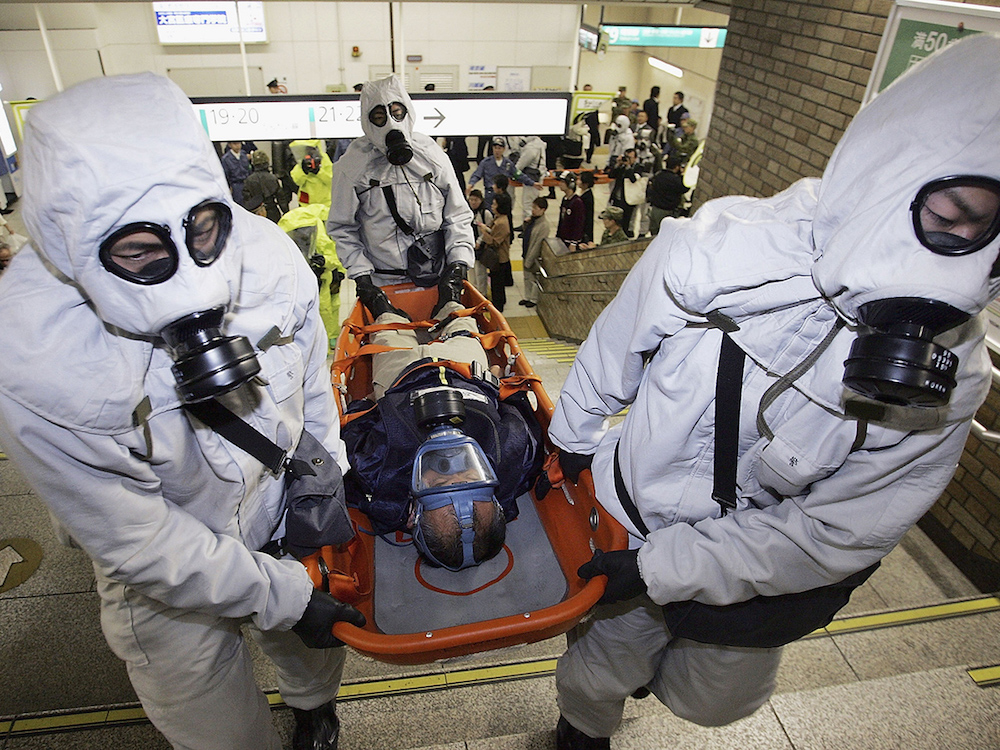
The chemical bomb attack that killed at least 86 people, including 28 children, in Syria on April 4 likely involved sarin, a deadly nerve agent, the Turkish Ministry of Health said in a statement.
Sarin is a highly poisonous chemical that kills because it interferes with signaling within the nervous system. Here is the science behind this deadly gas.
Pesticide roots
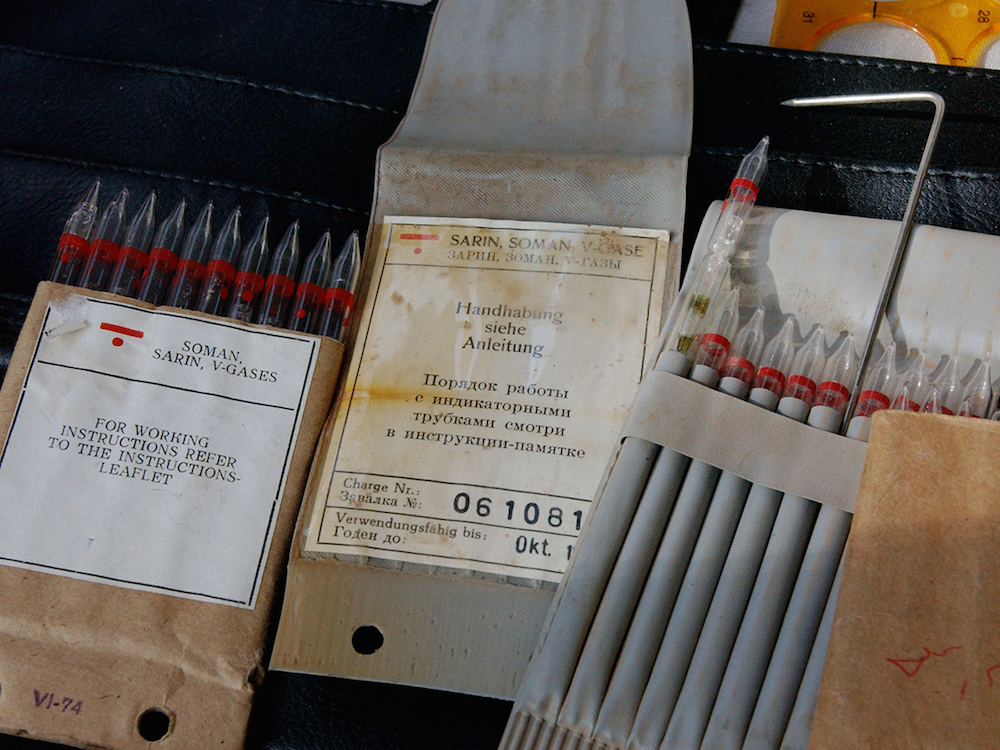
Sarin was developed in 1938 in Germany. The chemical was initially created to be a pesticide that would kill insects, not a deadly chemical that would kill humans, according to the U.S. Centers for Disease Control and Prevention.
Sarin, along with certain pesticides and other nerve agents, belongs to a family of chemicals called organophosphates.
Clear and colorless
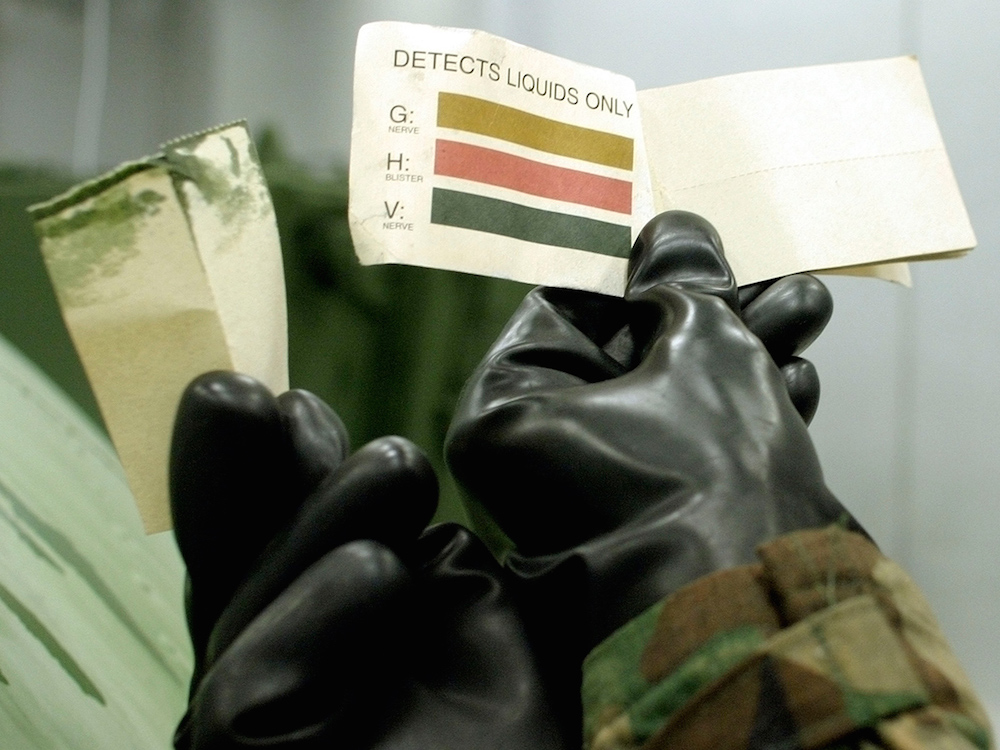
In its liquid form, sarin is clear, colorless, odorless and tasteless.
The liquid form of sarin can evaporate into a vapor, which people may then breathe in. During the attack in Syria on April 4, the chemical was spread during a bomb attack, according to news sources.
Poisonous chemical

Like other nerve agents, sarin targets an enzyme within the body's neuromuscular junctions, where nerves meet muscles. Usually, this enzyme deactivates the nerve-signaling molecule acetylcholine. But sarin stops this deactivation by blocking the enzyme.
Without the enzyme to switch it off, acetylcholine will repeatedly stimulate nerve cell receptors. This can lead acetylcholine to build up in the muscles, cause excessive twitching and then result in paralysis, said Dr. Lewis Nelson, chairman of emergency medicine at Rutgers New Jersey Medical School. If the muscles that control breathing become paralyzed, the person can die, he said.
Organophosphate pesticides and nerve agents can also target the same enzyme in glands, which can lead to excessive fluid release. For this reason, people who are exposed to sarin, whether through skin-to-skin contact or inhalation, may experience diarrhea, along with excess fluids running from their eyes, noses, mouths, sweat glands and urinary tract.
People who are exposed to sarin may also experience seizures and pinpoint (constricted) pupils
Treatment
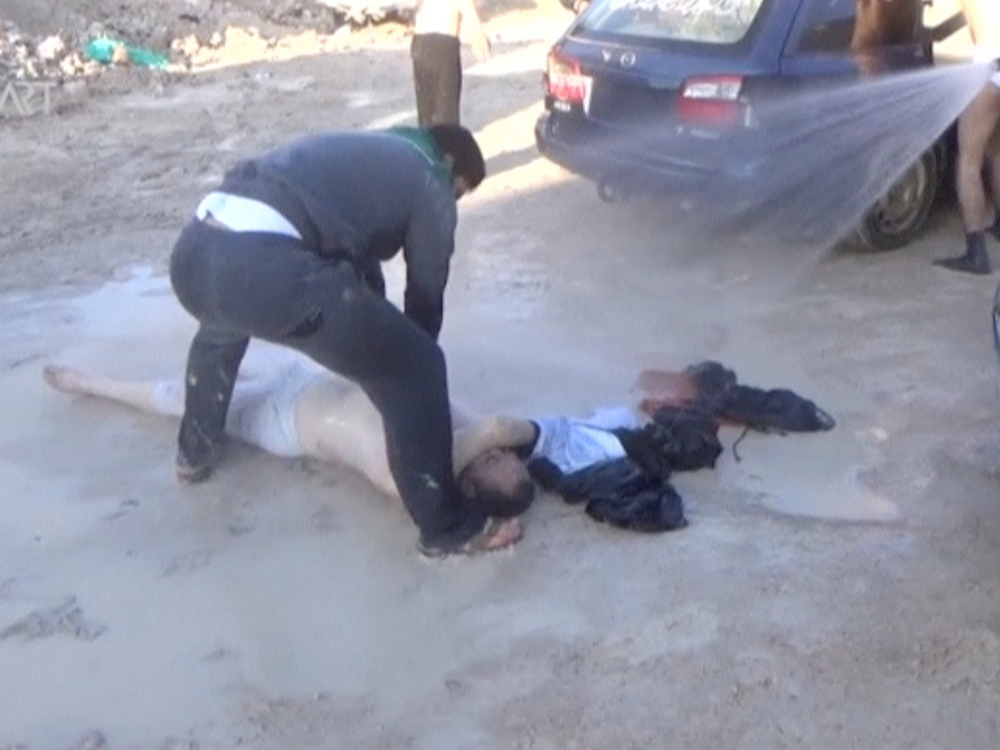
Sarin can cause symptoms within seconds to minutes, depending on its route and exposure levels.
People who are exposed to sarin should quickly decontaminate themselves by removing their clothing and washing their skin with soap and water, Nelson said. They should also flush out their mouth and eyes with water.
People who become paralyzed may benefit from an oxygen mask attached to a device that will help them breathe. But sarin affects so many of the body's organs that, usually, an antidote is needed to help people who are exposed to it live.
One antidote, atropine, blocks acetylcholine receptors, sparing the body's muscles from overstimulation. The other, pralidoxime, or 2-PAM, removes sarin from the enzyme that stops acetylcholine from accumulating, Nelson said. However, both antidotes must be given within about 10 minutes of exposure in order to be effective, he said.
It's banned

Sarin and other nerve agents are banned under the Chemical Weapons Convention. More than 190 counties worldwide participate in the convention, Live Science reported previously.
To date, nearly 95 percent of declared chemical-weapon stockpiles in countries participating in the convention have been destroyed, according to the Organisation for the Prohibition of Chemical Weapons, which enforces the rules of the convention.
Subway attack
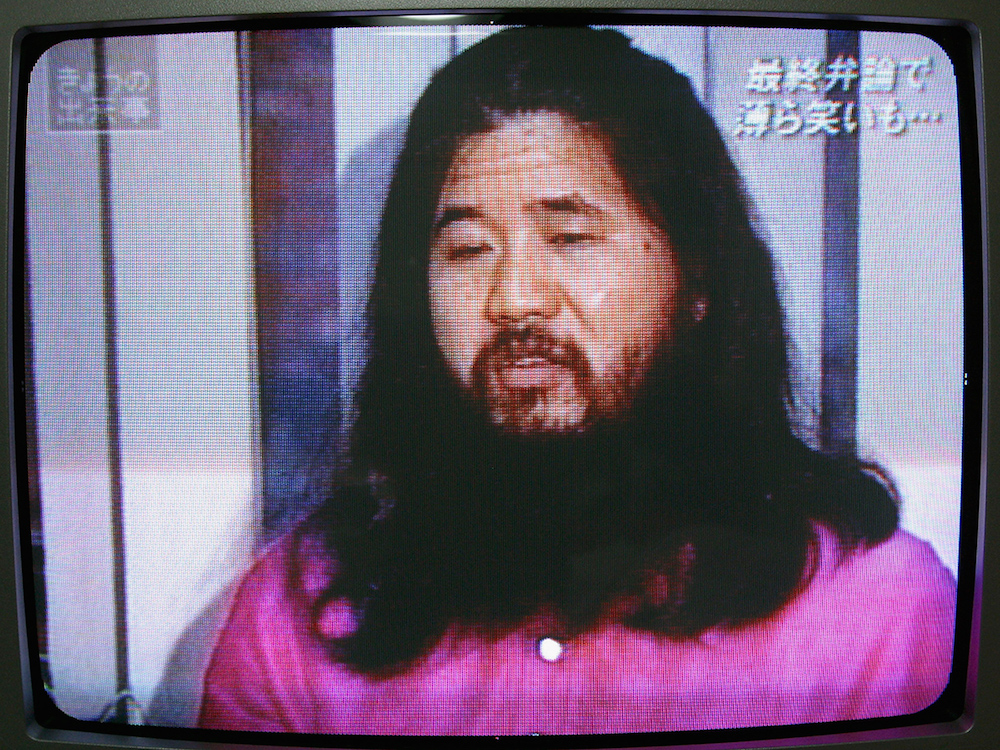
A deadly attack on the Tokyo subway in 1995 made sarin one of the best-known nerve agents in the world.
Members of the doomsday cult Aum Shinrikyo used sarin in their attacks. Their first victims died in 1994, when the cult poisoned people in Matsumoto, Japan. These people happened to be living near three judges who were overseeing a lawsuit that involved the cult. Later, in 1995, Aum Shinrikyo members filled plastic bags with liquid sarin and placed them under the seats of Tokyo subway cars. The perpetrators punctured the bags and then exited the trains.
The subway attacks resulted in 13 deaths and injured at least 5,500 people, news sources reported.
The above photo shows the cult's leader, Shoko Asahara (whose real name is Chizuo Matsumoto), who was convicted of devising the 1995 sarin gas attack on the Tokyo subway.
Repeat offense

Syria had used sarin as a weapon prior to the April 2017 attack. In 2013, the Syrian government reportedly used the gas in the suburbs of Damascus, killing more than 1,000 people, according to The New York Times.
In the above photo, Dr. Abu Muhammad treats patients in a secret clinic north of Damascus in 2013. Of the 12,000 sarin gas antidotes his clinic was supposed to receive, just 100 arrived, he told reporters.
Sign up for the Live Science daily newsletter now
Get the world’s most fascinating discoveries delivered straight to your inbox.

Laura is the archaeology and Life's Little Mysteries editor at Live Science. She also reports on general science, including paleontology. Her work has appeared in The New York Times, Scholastic, Popular Science and Spectrum, a site on autism research. She has won multiple awards from the Society of Professional Journalists and the Washington Newspaper Publishers Association for her reporting at a weekly newspaper near Seattle. Laura holds a bachelor's degree in English literature and psychology from Washington University in St. Louis and a master's degree in science writing from NYU.










